
Thirty-five years ago this week, Voyager 1 was launched. Its mission—along with its sister craft, Voyager 2 (which, interestingly enough, was launched two weeks earlier)—was to explore the outer reaches of our solar system and the beginnings of interstellar space. Aboard each craft was a gold-plated audio disc containing sounds, images and messages from Earth, on the off-chance either was ever found by intelligent life from outside the Solar System.
In 1979 and 1980, Voyager 1 visited Jupiter and Saturn, respectively. While there, the craft provided the first high-resolution pictures and conducted other studies of the two planets and their respective satellites. This resulted in the first views of Jupiter’s ring system, discovery of volcanic activity on the moon Io, the first close analysis of the atmosphere of Titan, and detection of complex structures in Saturn’s rings.
A close flyby of Saturn’s moon, Titan, meant that Voyager wouldn’t get a close look at the other three outer planets (including, at the time, Pluto). After leaving Saturn, Voyager headed toward the far reaches of the Solar System, eventually to reach interstellar space.
In the 32 years since Saturn, Voyager has sent back data regarding the Solar System, much of it focused on finding the heliopause—the point where the force of the solar wind no longer is strong enough to push back against particles in the interstellar medium. Scientists believe that it crossed the “termination shock” (where the solar wind slows to subsonic speeds) in 2004. Late in 2010, it entered the heliosheath (the region just outside the termination shock), where there is no outward-flowing solar wind; it instead flows sideways, similar to two streams of water or other fluid hitting each other.
As of June 2012, Voyager has been reporting a substantial increase of interstellar charged particles, indicating that it has nearly reached the heliopause, and is getting ready to move into interstellar space, something that should happen within the next three years.
It’s really something to think that, soon, mankind will soon be taking its first direct measurements and exploration of the universe from outside the Sun’s influence. The amount of things we have the potential to learn from the Voyagers (and, of course, the New Frontiers probe launched in 2006 that will explore Pluto, then go on to the Kuiper belt, which lies outside the heliopause), is simply staggering.
Oh, not all things named Voyager get launched into space….there’s some fine earthbound items that do the name proud as well.
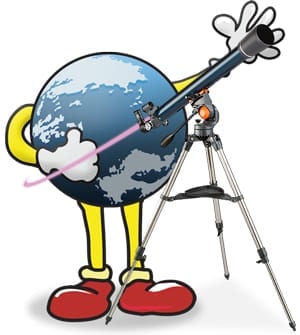
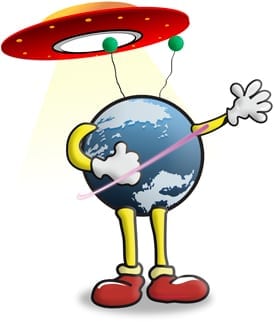
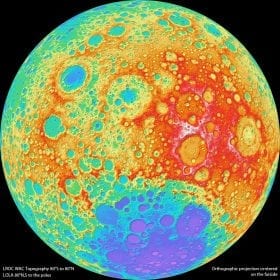
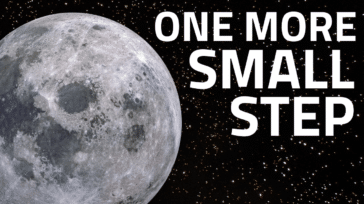


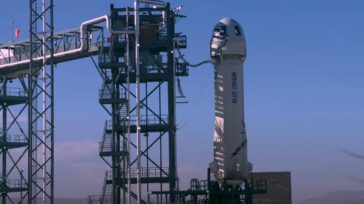


I’d say there’s a good chance that extraterrestrial life will find the Voyager and the Audio CD.
There’s no chance that by that time, any living being, in this galaxy or beyond, would still have a way to play an audio CD.
Actually, the disc isn’t a CD; it’s a gold-plated copper record. As in turntable and stylus. It was the late 70’s after all; CDs were only just beginning their prototypes at that point in time. We’re just lucky it wasn’t 8-track…
Any-hoo, said turntable and stylus are part of Voyager, and pictographic instructions are etched on to one side of the record, so when the Amoeboid Zingatularians finally come across it, they should be able to figure it out.